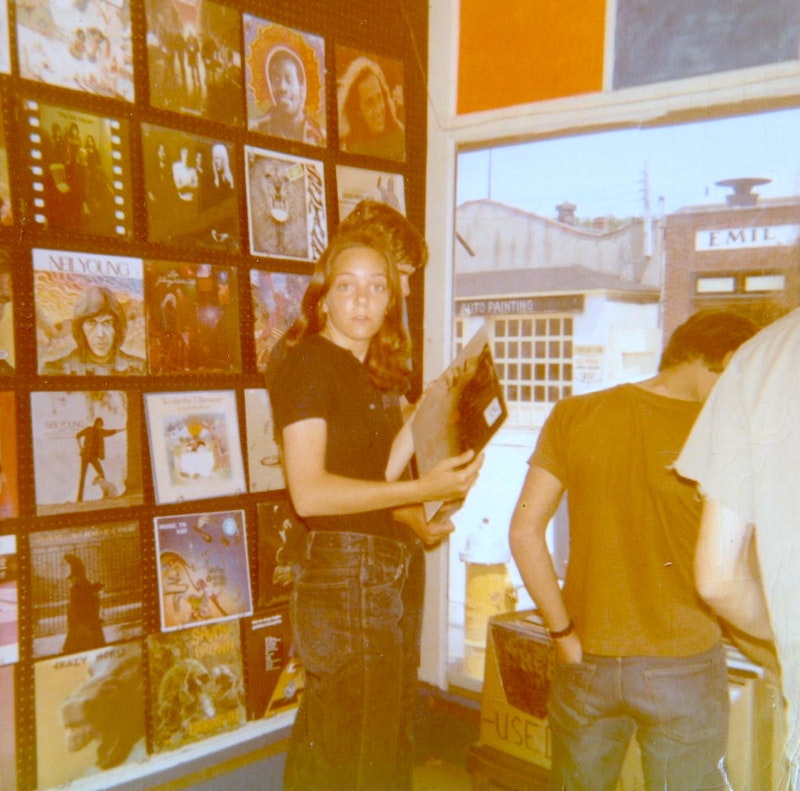My longtime pal J.D. King is a titan. We met in a Parisian absinthe bar in the late-19th century (two glasses was his limit), took miles-long walks along the Seine, tried to out-do each other in recitations of obscure poetry and bruited about the daily headlines in Le Figaro. It was a swell time. At least that’s what I imagine, and dissenters or “haters” can take it up with Huey, Dewey and Louie, or, in extreme cases, Mary Worth. Brenda Starr’s sitting this one out.
Fuck it. J.D. (after all this time I don’t know what those initials stand for, maybe John David or Jebediah Dachshund) was a formidable presence (he’s tall) in the early days of New York Press, contributing regular illustrations, casually tossing off biting quips in the Puck Building’s production space and mixing it up with other NYP cartoonists at the paper’s many parties. One time, in 1989, he achieved the near-impossible: eliciting a quiet laugh from the ever-reticent Ben Katchor, whose strip “Julius Knipl, Real Estate Photographer,” which debuted in NYP’s first issue in April, 1988, was a mainstay at my weekly until he was poached by the Village Voice sometime in 1994.
J.D. and I mix it up on Twitter—some jokes land, some don’t—which tickles the ivories of this fake Wichita Lineman, but this is astounding: he still has the original copies of some albums from the 1960s, in pretty good shape, even after living in countless dwellings. We like a lot of the same music, but that was a route I didn’t take. In the summer of 1973, I had a sizable collection of LPs, 200 or so, but before leaving for college in Baltimore that fall, sold about half of them to a used record store after transferring them to BASF cassettes. As you might expect, that didn’t work out so well: by ’75 half of them jammed up and the Bic pen-trick was rarely successful.
As the decades passed, I’ve lived in 20 different apartments, condos and houses and now rely solely on CDs. There’s a still a few boxes of moldy, warped records in the basement (my son Nicky rescued a dozen or so survivors in 2004), and I just haven’t trashed them yet. I never owned an 8-Track tape (or Walkman, for that matter), and can’t count the number of releases that I’ve had on LP, cassette and CD. Blonde on Blonde probably five times, same with Beggar’s Banquet, John Wesley Harding, This Year’s Model, The Notorious Byrd Brothers, Revolver, and so on. It thumps my head to calculate the total expenditure over the years.
The picture above is of my childhood friend Elena Seibert (we’re still in regular contact) at our preferred hippy record store in Huntington, New York. LPs were three bucks at Kropotkin Records, but if you were short, proprietors Tom and Rob said it was cool, catch us next time.
Take a look at the clues to figure out the year: Ginger Baker and Elvin Jones stage a “drum battle” at The Lyceum; Davy Jones leaves the Monkees; the first live performance of the noxious “Stairway to Heaven” is performed in Belfast; Gil Scott-Heron’s “The Revolution Will Not Be Televised” is recorded in New York; Pharoah Sanders’ Thembi is released; Van Morrison’s “Blue Money” is a modest hit; Al Unser wins the Indianapolis 500; It Ain’t Fair, John Sinclair; Bridget Moynihan is born and Van Heflin dies; Powell’s Books opens its first store in Portland, OR; John Gardner’s Grendel and Herman Wouk’s The Winds of War are published; and Willy Brandt wins the Nobel Peace Prize.
—Follow Russ Smith on Twitter: @MUGGER2023

